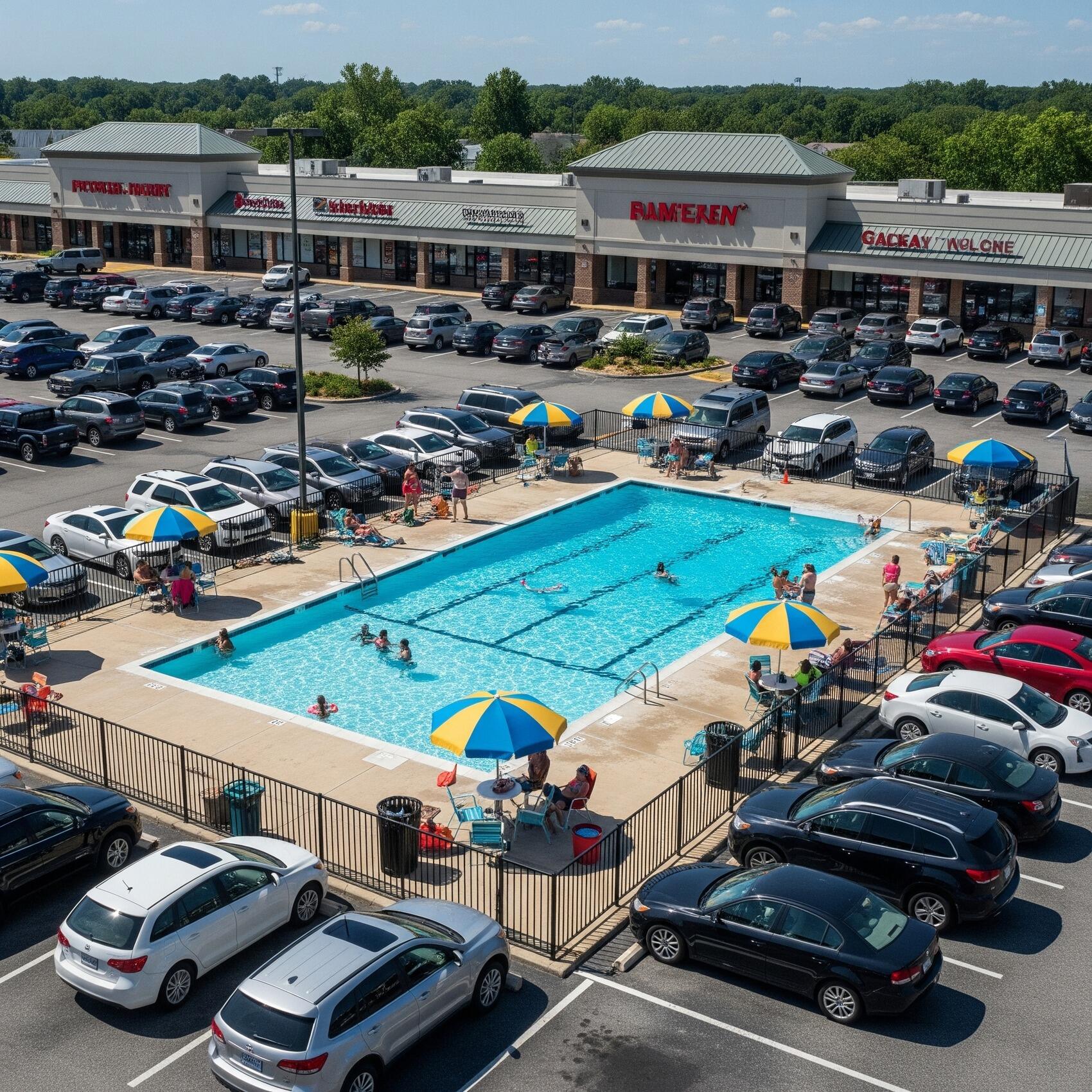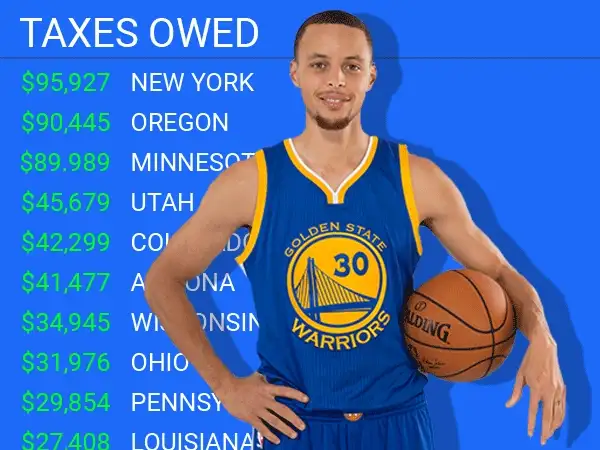There aren’t enough people with AI skills for the companies looking to hire. Can the “best deal in higher ed” fill the gap?

Vicky Fowler got a headstart in artificial intelligence long before it dominated tech circles.
Back in the mid-2000s, she helped a professor publish a paper about building an AI agent while pursuing her bachelor’s degree in mathematics and computer science. Then, as she tells it, life got in the way.
The market for AI felt stagnant, so Fowler began a career in finance that has branched into data security and cyber resilience. But when a colleague said he was looking into using AI to build improved automating agents — like those used to assist on phone calls — the conversation brought her back to her college days.
Fowler started searching for ways to learn new AI skills. She ended up enrolling in an online master’s degree in AI at the University of Texas Austin, hoping to propel her career through a world that may soon be tethered to AI but is short of workers who’ve mastered how to develop it.
“[AI] is going to be a need rather than an interest or a hobby,” Fowler says.
Since 2019, job listings for AI skills have roughly doubled. But employer demand outweighs the supply, and the constraints of traditional higher education — high prices, limited seats — make it difficult to mint a new class of AI workers overnight.
As universities roll out AI programs for associate, undergraduate, and graduate degrees, including the first Ivy League AI degree this fall, none of them are attacking the supply-demand gap for AI workers like the University of Texas.
The University of Texas has already enrolled nearly 1.5k students in its AI master’s program. (Getty Images/University of Texas)
Its AI master’s degree is completely online, open to as many students as the university believes are qualified, and costs $10k, a fraction of the price for in-person master’s computer science degrees at comparable universities. Adam Klivans, a computer science and AI professor who helped develop the AI master’s program, calls it “the best deal in higher ed.”
He and others at the university believe the program’s scale will help bring AI-trained workers not just to Silicon Valley but to a variety of industries.
“It’s the combination of [AI and scale] that I think have the potential to really change the way that organizations function, use data, and leverage these new technologies,” says Eric Busch, managing director for online computer and data science at the University of Texas.
The rise of AI universities
Ever since Open AI introduced Chat GPT to the public in 2022, corporate America has doubled down on artificial intelligence. Some 65% of companies have adopted generative AI in at least one business function, according to McKinsey. AI job postings have grown from around 1% of total job listings in 2022 to ~1.6% in 2024, according to analysis by the Stanford Institute for Human-Centered Artificial Intelligence — even as many tech companies have initiated layoffs.
The Hustle
But the labor pool, by many metrics, isn’t ready for the increase:
- Some 63% of US firms in industries ranging from insurance to retail told the analytics company SAS that their largest skill shortage was in AI and machine learning.
- Deloitte estimated there were just 22k AI specialists in the world in 2022 and that only 17% of companies were investing to train workers in AI. Meanwhile, the World Economic Forum forecasted there’d be 97m AI-related jobs opening up globally between 2020 and 2025.
Several universities have offered AI courses and AI specializations within computer science or engineering programs for over a decade. But actual AI degrees took off in 2018, when Carnegie Mellon University introduced what’s regarded as the first undergraduate AI major. (It later added a master’s program.)
Altogether, however, AI degree programs are still graduating a relatively small number of students, to the point that many tech companies have hired undergrads and grad students before they even graduate. And while the rise of undergrad AI programs will help train a greater quantity of students faster than postgraduate programs, most employers hiring AI positions seek applicants with graduate-level experience.
Getting that experience often requires full-time devotion to a degree, moving to another city, and investing upwards of $100k.
“It's extraordinarily expensive and time consuming for the people who do it, and that's traditionally been the choke point,” Busch says. “It's also been the reason that, in some ways, expertise has been so expensive to obtain for organizations.”
Texas’s AI push
At the University of Texas, leaders in the university’s computer science department — which is ranked in the top 10 nationally — began planning the AI program in 2019. The school’s connections to artificial intelligence date back to 1960s faculty members Woody Bledsoe, who’s credited with developing facial recognition technology, and Bob Simmons, who helped formulate natural language processing.
The Hustle
The program, which can be completed at a student’s own pace but would take about 1.5 years for a full-time student, started its first semester in January, enrolling ~700 students. Another 719 students enrolled for the summer/fall semester — the university accepted 987 students out of nearly 2.9k who applied.
In comparison, the in-person master’s degree in computer science at University of Texas gets ~50 students per class (at a ~5% acceptance rate); Carnegie Mellon University’s entire engineering department, which includes its AI program and other majors, has ~1.6k total master’s students.
Within a few years, the University of Texas expects to have ~4k students enrolled in the AI master’s program. But there is no cap. “We can accept as many people as we think are qualified,” Klivans says.
The University of Texas actually needs scale for the program to survive. One reason that other top universities haven’t introduced many online degree programs — in AI or other disciplines — is the economics. The universities must maintain the quality of education and offer a rate lower than in-person tuition while enrolling a large enough number of students to cover their costs.
Rolling out an online program costs millions on the front end, says Brent Winkelman, chief of staff for University of Texas computer science: course development, professor and TA payments, and production costs, which can run $75k for one course.
“When you’re doing your initial courses you’re not necessarily going to be at scale at that point,” Winkelman says. “So you’re going to be running these courses, which require TAs and faculty — all the traditional things that you would need for a course to run — but you’re not going to have the tuition dollars to support it.”
The Wild West
So far, most enrollees at the University of Texas have a STEM background but limited AI training.
Greg White, a Seattle resident who’s studying for the AI degree full time, worked as a software engineer for the now-defunct automated home brewing startup PicoBrew. He’d originally intended to pursue a medical career and is now considering trying to get back into it with AI. The university already has an AI course focused on health and medicine and may update its offerings for other fields, such as anthropology and urban planning.
Himanshu Joshi, who researches AI for Toronto’s Vector Institute and is also a Texas AI master’s student, says that university courses in fields like AI or computer science can become dated by the time they’re created. But the ability to adjust online courses on the fly, he says, will allow Texas to keep its curriculum up to date.
The widespread introduction of AI, though, has brought concerns, from its job-killing potential to baked-in biases to the possibility it could end the world. Comprehensive AI regulation in the US is up in the air, as Congress has yet to act and the incoming Trump administration is likely to erase a Biden administration executive order that featured voluntary guidelines for AI companies.
OpenAI CEO Sam Altman testifying before the Senate Judiciary Subcommittee on Privacy, Technology, and the Law last year. (Win McNamee/Getty Images)
This lack of a universal blueprint for how to build AI responsibly has been on the minds of students like Joshi, Fowler, and White — the only class every Texas AI student must take is ethics.
“Can you imagine how much impact it will have in society if we can all start lying, or implement things that don’t have ethics behind it? That is incredibly dangerous,” Fowler says.
The course features lessons on topics like Kantian ethics, Consequentialism, Ancient Chinese ethical principles regarding protection of the elderly, and real-world examples where AI has been accused of bias in assessing criminal risk scores.
White says he’d like to see a more formalized approach to ethics and professional standards in AI, similar to how medical students take the Hippocratic Oath and doctors face a licensing board for ethical lapses.
For now, he’s thankful that the University of Texas’ scale isn’t just going to release an influx of graduates with AI skills into the economy: It’s going to attempt to make them responsible stewards of the technology’s new power.
Sports And Esports








